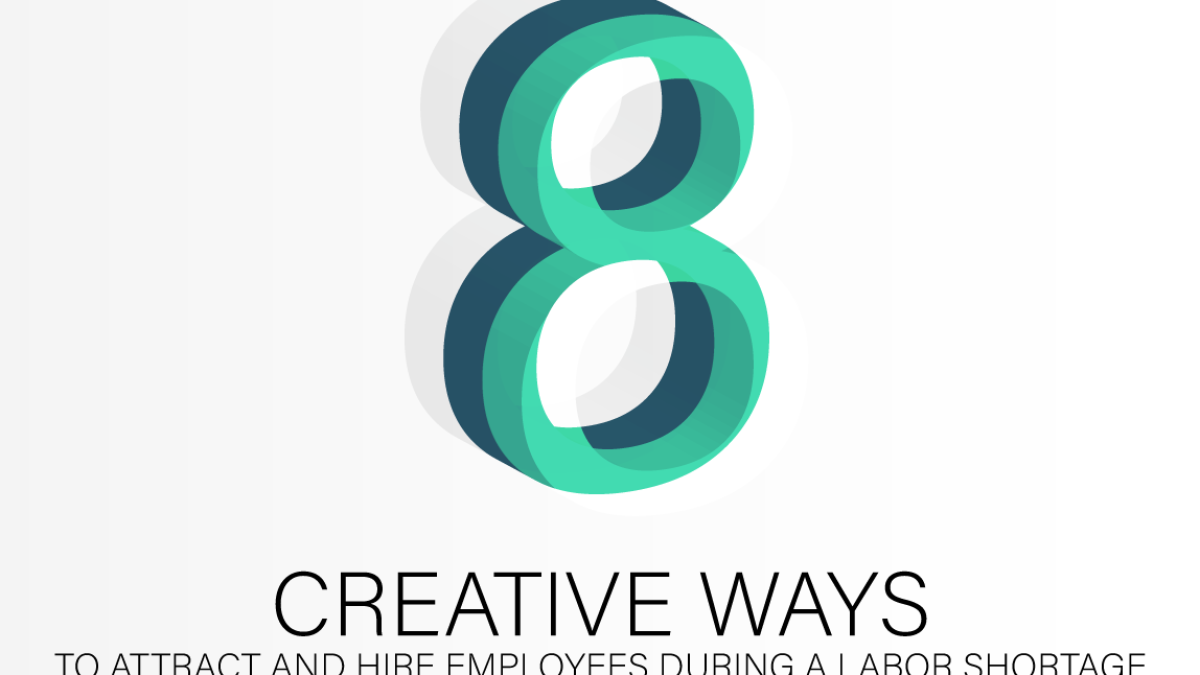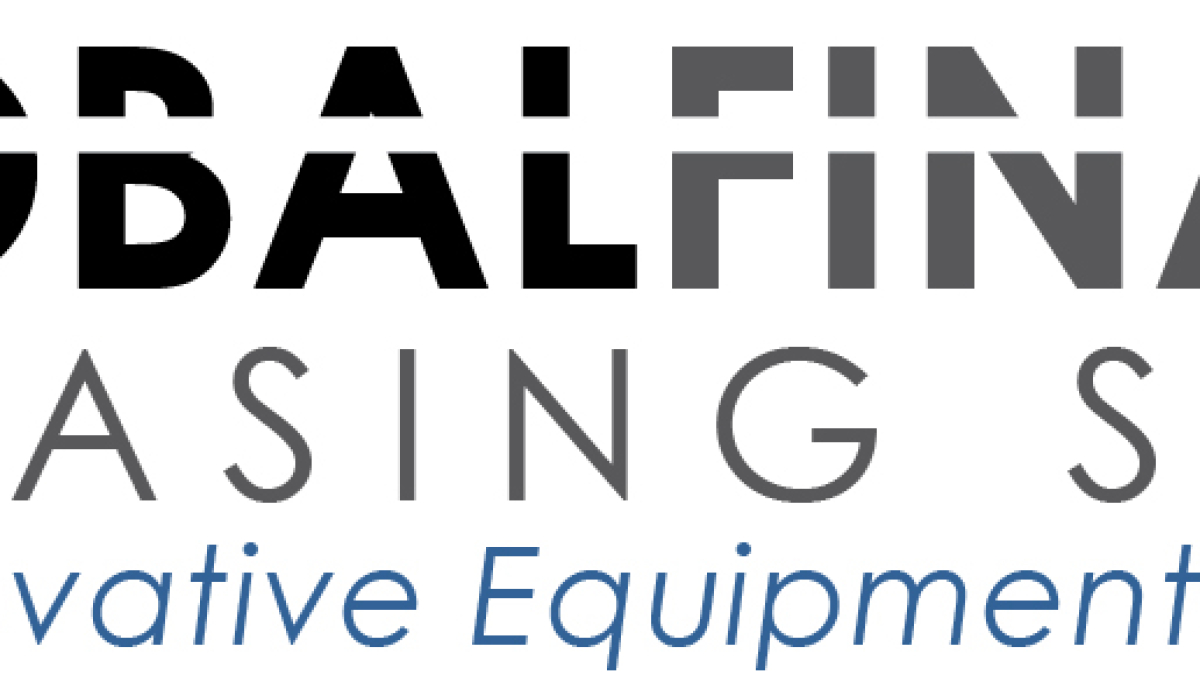 10 Trends to Watch
10 Trends to Watch
Our world changed dramatically over the past year with many working from home, social distancing and video conferencing as a result of COVID-19.
Fortunately, the vaccine has brought about hope for a return to normal, and as restrictions lift, the economy is set to rebound. This year will be a crucial one for many business owners, especially those making decisions regarding financing equipment.
At Global Financial & Leasing Services (GLFS), we stay on top of the latest trends in equipment financing to better serve our customers, helping them not only obtain financing for equipment purchases, but also being a source of valuable industry information. These are the top 10 trends to keep an eye on as you consider equipment financing in 2021.
- 2021 is still unpredictable.
In 2020, we learned just how quickly the world could change as COVID-19 drastically altered business operations and consumer habits. Things are looking up in 2021, but there is still uncertainty about virus variants.
Whether we can return to some sense of normalcy will depend on vaccine rollouts, which have been ramped up, but are still inconsistent. Other impacts of the pandemic — such as volatility in the stock market, small business losses and potential inflation — still linger as well. Successful business owners in 2021 will need to expect the unexpected and prepare accordingly.
LEARN MORE: Love in the Time of COVID-19
- The political landscape is changing.
The transition of power to President Biden could impact business decisions in various ways. Congress and the Biden Administration will likely increase regulation — especially in the realm of environmental policy. Taxes may increase as well.
On the state level, governors are under increased pressure to close budget gaps, which may also result in increased business or consumer taxes. States may also adjust their consumer financing laws to address issues that result from post-pandemic growth.
- Expect more growth in the second half of the year.
The first half of 2021 still looks relatively bleak for some industries. COVID-related restrictions and low consumer spending have extended the economic impacts of the virus.
However, this trend is expected to subside as more people become vaccinated and more restrictions are lifted. In the latter half of 2021, economists expect GDP growth to pick up to nearly 5% as the country returns to normal. Smart businesses will prepare for an uptick in consumer spending by the end of the year.
- Increased demand from China will boost U.S. businesses.
China is one of the few major countries whose economies weathered the pandemic relatively well. Barring an increase in tensions between the U.S. and China, demand for U.S. products should increase as China’s consumer spending rebounds.
This uptick in demand will help propel U.S. manufacturers and the economy forward. Manufacturing businesses should prepare for this demand accordingly, especially when it comes to shipping.
- Consumer habits will evolve post-pandemic.
As the government lifts pandemic restrictions, workplaces will return to some sense of normalcy. More employees will return to offices, and increased consumer spending will allow businesses to boost hiring and production.
The technology upgrades, lessened business travel and reduced need for commercial space that began during the pandemic are also likely to continue in a different fashion. Many workplaces intend to use a hybrid model that allows some employees to work from home full- or part-time, and they will continue to use videoconferencing solutions instead of traveling for business trips. Most businesses will therefore look for services that offer bundled, personalized packages that meet their needs.
- Medical, construction and manufacturing equipment will be in high demand.
Demand for certain types of equipment is expected to grow as COVID-19 subsides. Medical equipment, for instance, is already showing growth as vaccine rollouts intensify, and once hospitals can resume more elective procedures, this sector is expected to explode. Likewise, demand for manufacturing equipment is set to increase as consumer spending bounces back.
Some types of equipment, including construction equipment, have been on the rise throughout the pandemic. More people are building or renovating homes, driving up demand for construction. Additionally, as workplaces convert their commercial space, construction equipment will remain on the rise.
- Smart technology will continue to grow.
Many companies, including equipment finance lenders, have begun to increasingly rely on smart technology to do business. This trend is only expected to continue through 2021.
Electronic transactions with lenders, such as e-signatures, will likely continue to expand. Even without the need for social distancing, these kinds of contactless purchases can often be more convenient for lenders and businesses. Lenders will keep growing their e-commerce capabilities to streamline operations and improve client relations.
- Cybersecurity will be essential.
The pandemic forced us to move many of our transactions and interactions online. This has enhanced the need for heightened cybersecurity measures to keep our data safe.
Many companies will need to invest in IT infrastructure to enhance their cybersecurity capabilities. Good security protocol provides peace of mind for customers and employees, making it an essential investment for most businesses.
- Many businesses are poised to make major purchases.
Although 2021 is still uncertain, companies are becoming more confident, and many are looking to make smart investments. Some plan to invest in software to boost their remote capabilities while others are ramping up for post-pandemic economic growth.
Overall, business investment is expected to grow by nearly 8% this year thanks to this uptick in spending. Smart business owners will think ahead and stay ahead of the curve by making important investments early on.
- More companies will acquire equipment through financing.
Most businesses took a financial hit during the pandemic, causing them to realize the importance of keeping cash on hand for emergencies. The Federal Reserve has also lowered interest rates, allowing companies to borrow money more easily. Therefore, more businesses will likely choose to finance their equipment purchases in 2021.
READ MORE: Why Your Business Should Keep Cash Reserves
If your company plans to finance equipment this year, be sure to look for a trusted partner like GLFS. Contact us to learn more about what to expect in 2021 and how we can help your business prepare for the year ahead.
 Partnering with GLFS for vendor financing can benefit your business in many ways.
Partnering with GLFS for vendor financing can benefit your business in many ways.


 As the world opens back up again, many small and medium-sized businesses have encountered unexpected difficulty finding employees to fill their open positions. This labor shortage is hitting nearly all businesses, especially those in the hospitality, service/retail, and transportation industries.
As the world opens back up again, many small and medium-sized businesses have encountered unexpected difficulty finding employees to fill their open positions. This labor shortage is hitting nearly all businesses, especially those in the hospitality, service/retail, and transportation industries.



 stories of confidence thanks to increased business volume, but also, we’re seeing it in the numbers. Certainly, the pandemic has affected small and mid-sized businesses across a spectrum of industries. It’s these exact organizations that’ve been hit hardest and have more difficulty securing financing, especially if they fall on the lower tier of credit ratings.
stories of confidence thanks to increased business volume, but also, we’re seeing it in the numbers. Certainly, the pandemic has affected small and mid-sized businesses across a spectrum of industries. It’s these exact organizations that’ve been hit hardest and have more difficulty securing financing, especially if they fall on the lower tier of credit ratings.
 10 Trends to Watch
10 Trends to Watch
 When Other Lenders Say No, We Often Say Yes
When Other Lenders Say No, We Often Say Yes